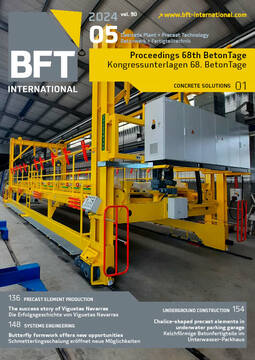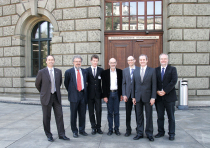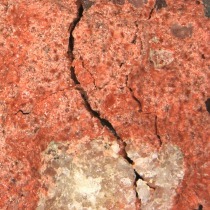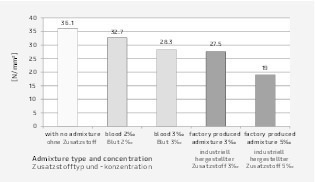Harnessing the potential – Concrete admixtures and their contribution to decarbonizing concrete construction
Concrete is inextricably linked to modern civilization, and its versatility and durability will continue to make it an essential component of the ongoing development of our cities and infrastructure. However, its future relevance will also depend on how successful we are in reducing the carbon emissions caused by concrete construction. It is thus a task for the entire concrete industry to work together towards the goal of decarbonizing this construction method. State-of-the-art concrete admixtures are already making a major contribution to enhancing the sustainability of concrete construction while offering attractive development options.
Superplasticizers reduce the amount of water in concrete, while the simultaneous use of additives lowers the Portland cement clinker content without compromising concrete workability or strength. This approach is an essential prerequisite for future minimization of the carbon footprint in conjunction with using novel and future generations of cement with an even lower clinker ratio.
Concrete admixtures also play a significant role in other solutions for making concrete construction more sustainable:
Modern hardening accelerators ensure consistent stripping and lifting strength levels even when using clinker-reduced cements.
A wide range of admixtures is available for improving the dura-bility of concrete components, including water repellents and sealants, corrosion inhibitors, and shrinkage reducers.
Specialized admixtures make it possible to meet additional
requirements arising from the use of recycled materials.
The admixture industry already offers innovative admixture technologies for reliably controlling the properties of concrete even with a changing raw material base, while also continuously improving
these technologies.







